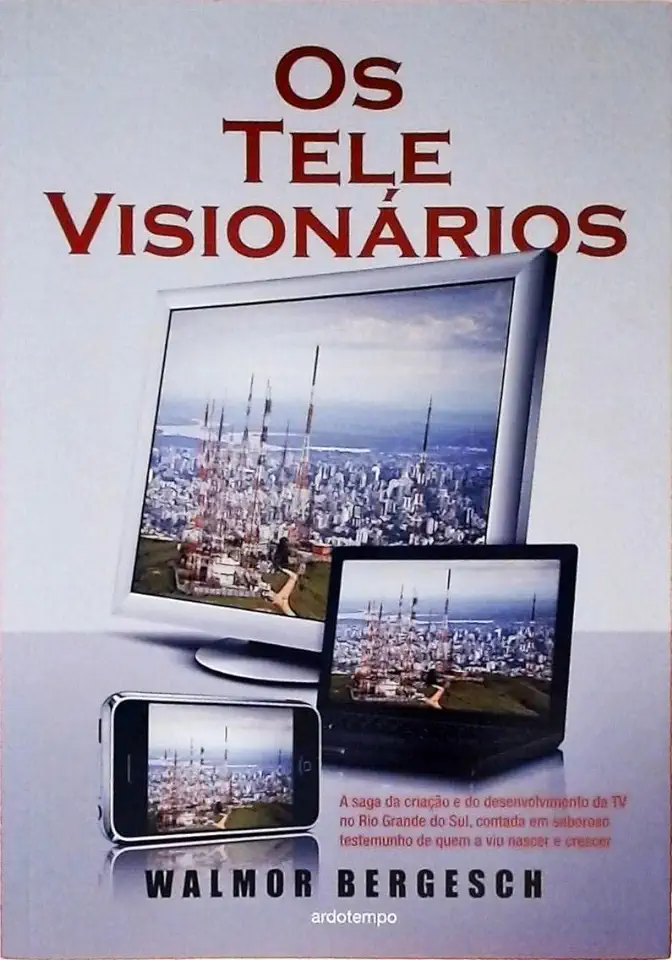
The Televisionaries - Walmor Bergesch
The Televisionaries: A History of Television in Brazil
By Walmor Bergesch
A sweeping history of Brazilian television, from its humble beginnings to its current status as a global powerhouse.
In The Televisionaries, Walmor Bergesch tells the story of how television came to Brazil and how it has shaped the country's culture and society. From the first experimental broadcasts in the 1950s to the rise of the telenovela in the 1970s, from the impact of globalization in the 1990s to the digital revolution of the 2000s, Bergesch chronicles the key moments and figures that have made Brazilian television what it is today.
A must-read for anyone interested in the history of television, Brazilian culture, or the global media landscape.
The Early Years
The history of Brazilian television begins in the 1950s, with the first experimental broadcasts by the University of São Paulo. These early broadcasts were limited to a small audience, but they laid the foundation for the development of the television industry in Brazil.
In 1950, the first commercial television station in Brazil, TV Tupi, was founded in São Paulo. TV Tupi quickly became a national phenomenon, and its success led to the establishment of other commercial television stations in Brazil.
The Rise of the Telenovela
In the 1970s, the telenovela emerged as the dominant form of television programming in Brazil. Telenovelas are soap operas that typically run for hundreds of episodes and feature melodramatic storylines, beautiful actors, and catchy music.
Telenovelas have become a global phenomenon, and they are now produced in many countries around the world. However, Brazil remains the largest producer of telenovelas, and Brazilian telenovelas are watched by millions of people around the world.
The Impact of Globalization
In the 1990s, the globalization of the media landscape had a major impact on Brazilian television. The arrival of satellite television and the internet made it possible for Brazilians to watch a wider variety of programming than ever before.
This led to a decline in the viewership of Brazilian telenovelas, as viewers began to watch more international programming. However, Brazilian telenovelas have remained popular in Brazil, and they continue to be produced and exported to other countries.
The Digital Revolution
The digital revolution of the 2000s has had a profound impact on Brazilian television. The rise of streaming services and social media has changed the way that Brazilians watch television.
Today, Brazilians can watch television on a variety of devices, including televisions, computers, smartphones, and tablets. They can also watch television live or on-demand, and they can interact with other viewers through social media.
The digital revolution has also led to the creation of new forms of television programming, such as web series and reality shows. These new forms of programming have attracted a younger audience to television, and they have helped to keep Brazilian television relevant in the digital age.
Conclusion
Brazilian television has come a long way since its humble beginnings in the 1950s. Today, it is a global powerhouse, and its telenovelas are watched by millions of people around the world.
The Televisionaries is a must-read for anyone interested in the history of television, Brazilian culture, or the global media landscape.
Enjoyed the summary? Discover all the details and take your reading to the next level — [click here to view the book on Amazon!]